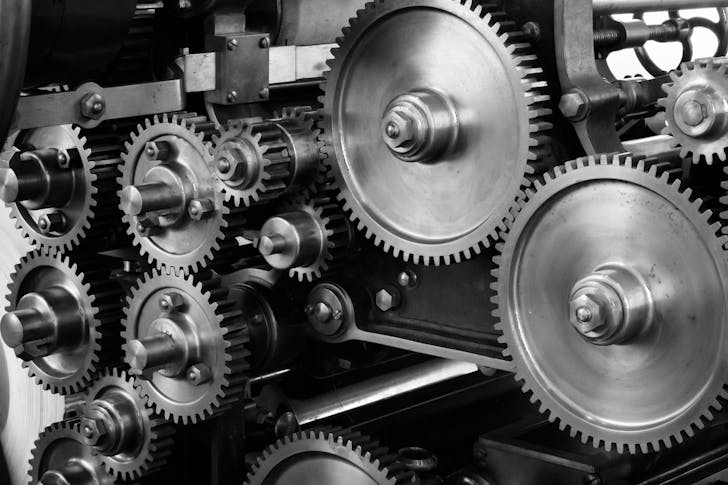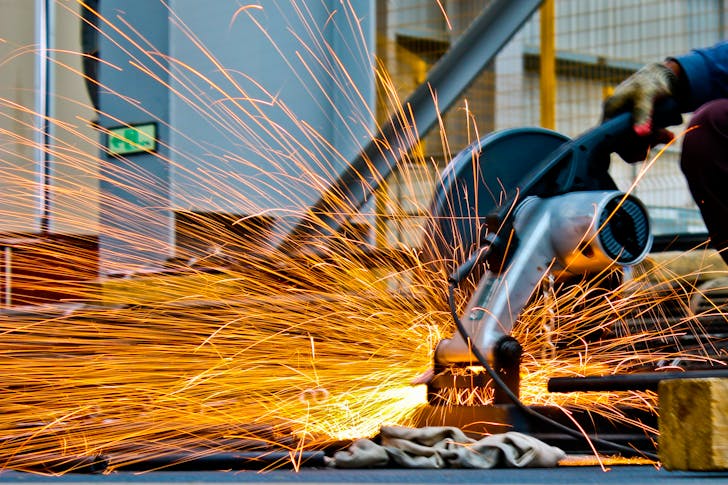Steel drives the modern world. From skyscrapers and cars to tanks and bridges, steel builds everything we depend on. But the problem is that everyone is making too much of it, and no one wants to stop.
Right now, global steel production is spinning out of control. The world is on track to churn out 721 million tons more than needed by 2027, according to the OECD. That is a sign of deep global anxiety. Every nation wants its own steel, no matter the cost. Even as prices crash and profits vanish, the blast furnaces keep running.

Pixabay / Pexels / Steel is the backbone of military might, economic strength, and national pride. That is why no one wants to depend on another country for it.
In today’s tense world, especially with China and the U.S. facing off in trade and politics, relying on imported steel feels risky. Too risky.
This is why Britain bailed out its last blast furnaces. The government said steel is “fundamental to Britain’s industrial strength and security.” The U.S. slapped 50% tariffs on foreign steel during Trump’s term for the same reason. No country wants to get caught short if tensions turn into a full-blown conflict. Steel equals readiness.
China’s Steel Machine Is Flooding the World
China makes more steel than every other country combined. It pours out steel like water, often backed by government subsidies. Chinese steelmakers don’t have to play by the same environmental or economic rules. That means they can sell their extra steel for dirt-cheap prices.
As China’s economy slows down, it doesn’t scale back steel production. It ramps up exports. The result? Global prices tank. Steel now costs less per kilogram than bottled water. That is not a win for anyone else. It crushes competition, especially in countries trying to make greener, better-quality steel. They just can’t compete with prices that low.
The Blast Furnace Trap
One reason this overproduction won’t stop? Blast furnaces don’t take breaks. Once they are on, they have to keep running. Shutting them down can wreck the equipment. So even when demand drops, production keeps going just to avoid multi-billion-dollar damage.

Rezwan / Pexels / Even big names like Tata Steel have warned that higher U.S. tariffs might lock their high-end, eco-friendly steel out of major markets.
This creates a nasty loop. Too much steel drives prices down. Low prices mean smaller profits. With less money, companies can’t invest in cleaner or smarter technology. So, they stick with what they have got, dirty, constant production, and the cycle continues.
However, cleaner steel methods exist. Electric arc furnaces and hydrogen-powered alternatives can slash emissions. But they cost 30 to 60 percent more. That is a big deal in a market already wrecked by cheap Chinese steel.
So, while the world talks about going green, steelmakers can’t afford to do it. Not when cheap wins.
Tariffs Can’t Stop the Flood
The U.S. and EU have tried to block the wave of cheap steel with tariffs. But it is like using sandbags to stop a tsunami. Sure, it slows things down. But the pressure keeps building. China just finds new ways to ship its surplus or sells through third countries.
Meanwhile, these tariffs sometimes hurt the good guys. Companies trying to make high-grade, sustainable steel find themselves priced out of key markets. They get caught in the crossfire while the cheap stuff keeps flowing in.

